 Back to the Be Inspired Blog
Back to the Be Inspired Blog
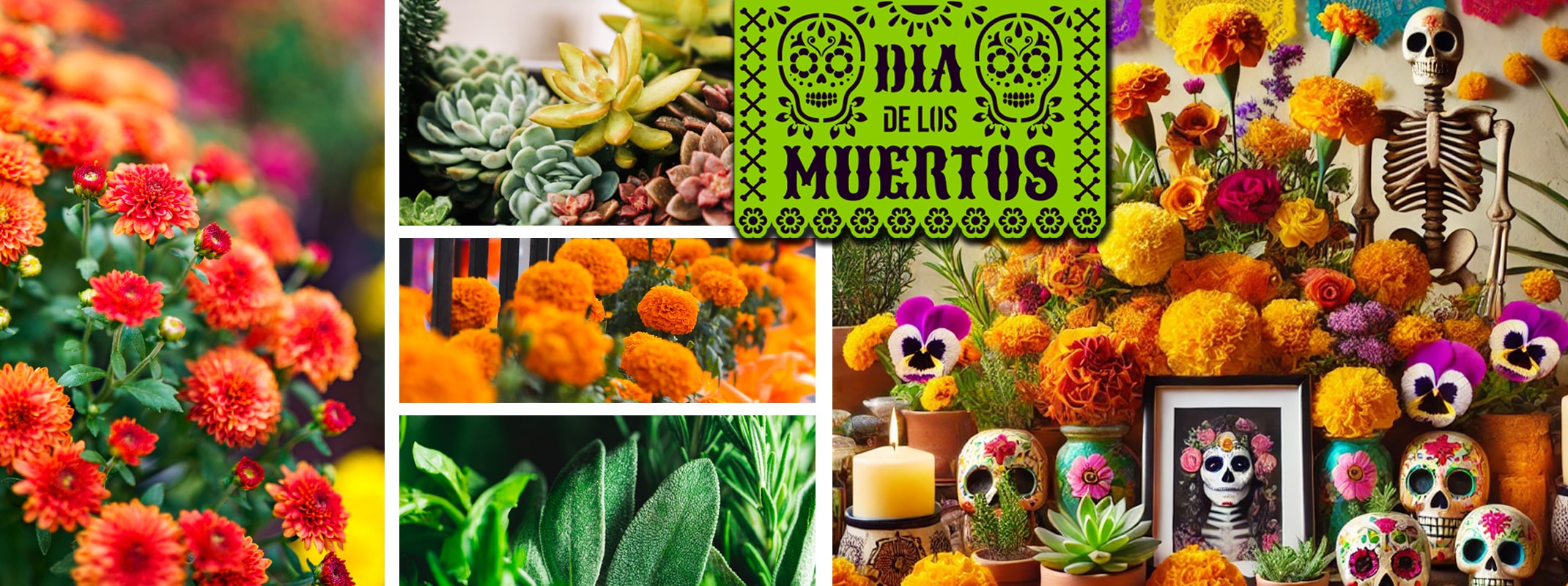
Honoring Día de los Muertos: A Celebration of Life and Memory
Día de los Muertos, or Day of the Dead, is a beautiful Mexican tradition that celebrates and honors the lives of deceased loved ones. Rather than a time of mourning, it is a joyous occasion filled with color, music, and meaningful rituals that connect the living with those who have passed on. This holiday typically takes place on November 1st and 2nd, coinciding with All Saints' Day and All Souls' Day in the Catholic tradition.
What Is Día de los Muertos?
Día de los Muertos has ancient roots, blending indigenous Mexican customs with European traditions. It is believed that during this time, the spirits of loved ones return to the world of the living to reunite with their families. The festivities often feature vibrant altars (ofrendas), decorated gravesites, parades, music, and traditional foods.
The ofrendas are central to the celebration, usually adorned with pictures of the departed, candles, incense, traditional foods, and symbols representing the four elements—earth, water, fire, and air. These elements help guide the spirits on their journey back home.
Why and How Is It Celebrated?
Día de los Muertos is a time to celebrate life, not death. It provides an opportunity to remember and share stories about loved ones, ensuring their memories continue to live on. Family and friends come together to decorate altars, prepare special dishes, and participate in community events that honor their ancestors.
Key symbols of the holiday include:
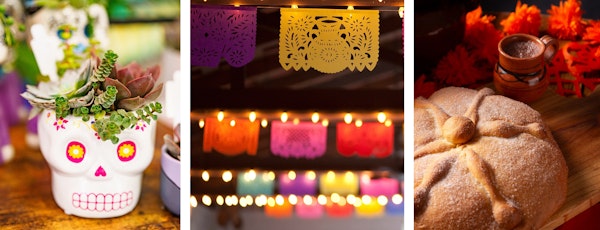
- Calaveras (skulls): Decorated sugar skulls are placed on altars as a symbol of death and rebirth.
- Papel Picado: Intricate paper cutouts in bright colors are hung as decorations, symbolizing the fragility of life.
- Pan de Muerto (Bread of the Dead): A traditional sweet bread decorated with bone-shaped designs, offered to spirits as nourishment.
Plants Used in Día de los Muertos Celebrations
Plants play a significant role in Día de los Muertos, adding color and life to altars and gravesites. Here are some of the traditional plants used and ways to incorporate them into your own celebration:
Marigolds (Cempasúchil)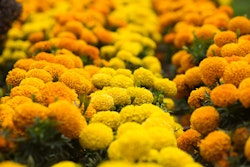
Marigolds, known as Cempasúchil, are perhaps the most iconic flower associated with Día de los Muertos. Their bright orange and yellow hues symbolize the sun and are believed to help guide spirits back to the living world with their vibrant color and strong fragrance. You can use marigolds to adorn altars, create garlands, or scatter petals to form paths for spirits to follow.
Succulents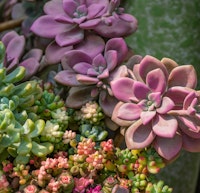
The rich colors and long-lasting nature of succulents make them a great choice for altar decorations. Their unique textures and shapes can add a modern touch to traditional displays. Consider placing potted succulents around the altar or using them as accents in floral arrangements.
Colorful Pansies and Chrysanthemums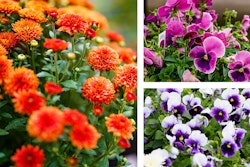
Pansies and chrysanthemums bring a burst of seasonal color to any Día de los Muertos display. With their bold hues, they add a lively touch to altars or gravesites. Chrysanthemums, in particular, are associated with remembrance and can serve as a beautiful tribute to loved ones.
Herbs like Rosemary and Sage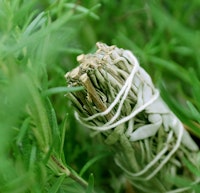
Herbs such as rosemary and sage hold spiritual significance and are often used in cleansing and purification rituals. Incorporating these herbs into your Día de los Muertos decorations adds authenticity and enhances the spiritual atmosphere.
Decorating Tips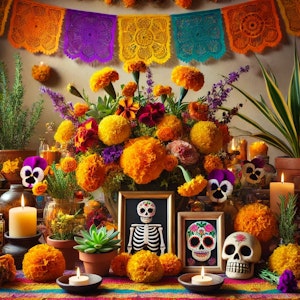
Here are some tips to create a truly festive atmosphere:
- 1. Embrace Traditional Colors: Use bright, traditional colors like orange, purple, and pink throughout the space. Incorporate marigolds as focal points.
- 2. Include Authentic Decorations: Use papel picado (colorful paper cutouts) and calacas (skeleton figures) to give the space a festive, authentic feel.
- 3. Set Up a Community Altar: Create a community altar where visitors can leave flowers or small tokens in memory of loved ones, fostering a shared sense of celebration and remembrance.

